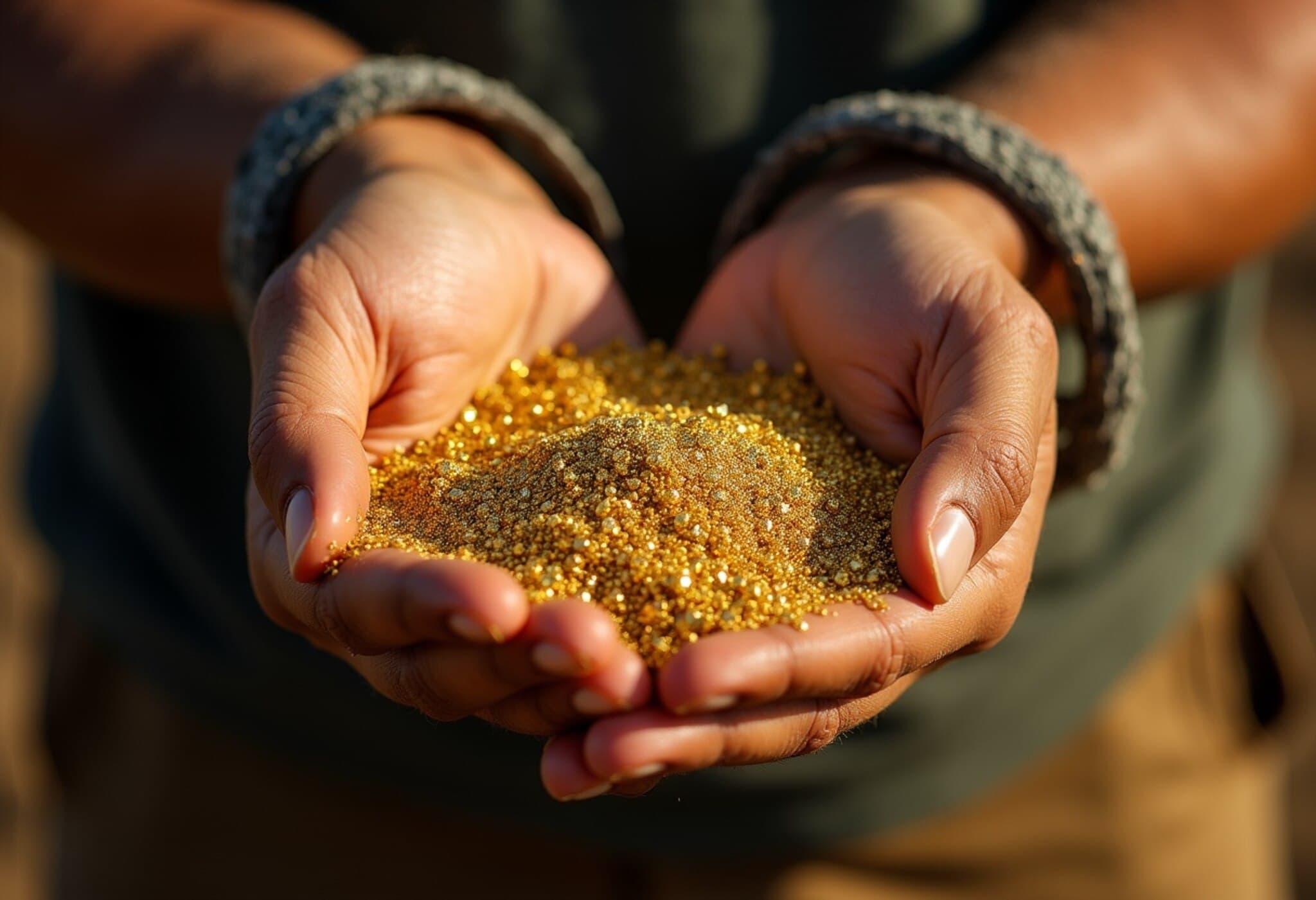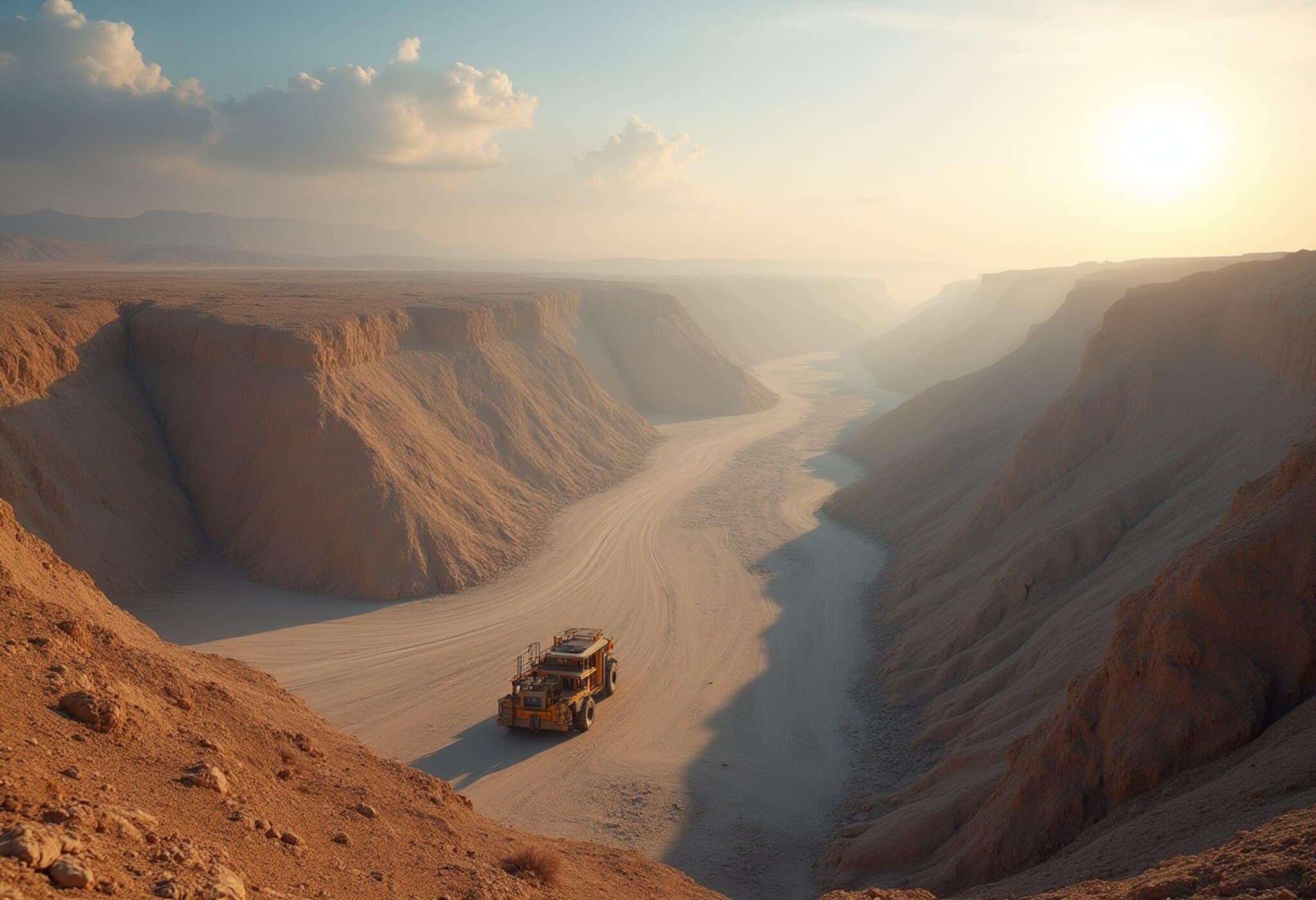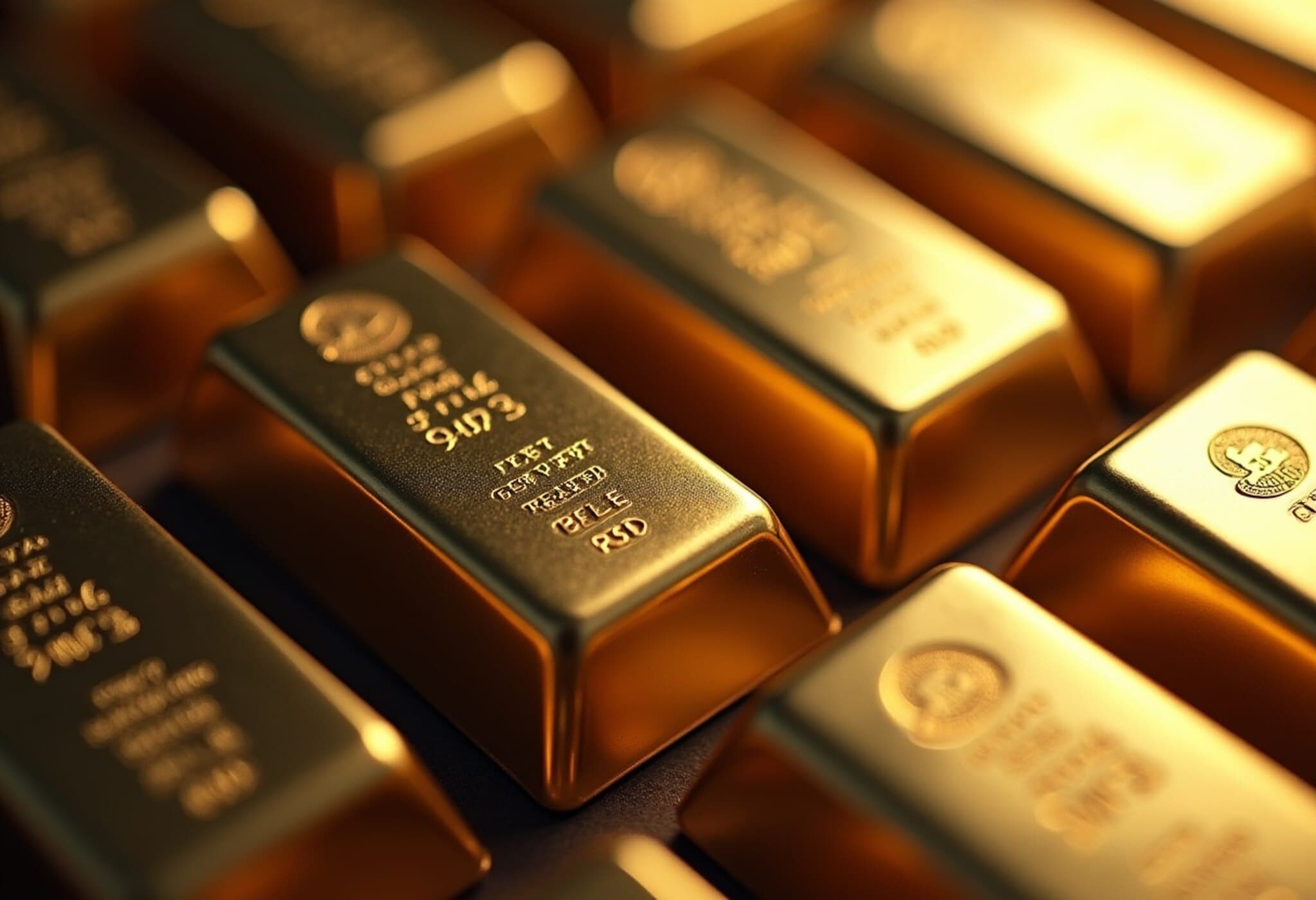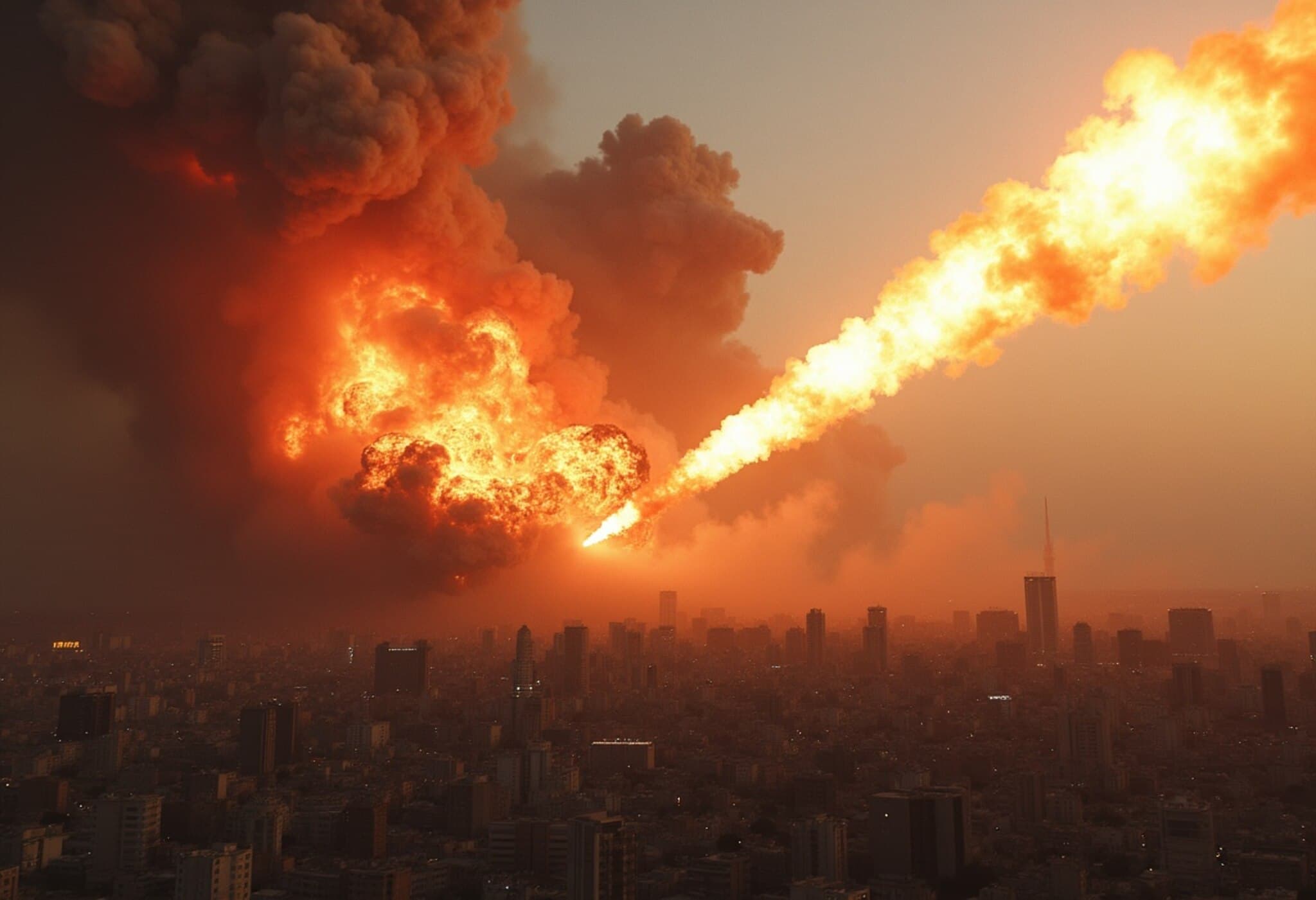Gold as Currency: Life in Venezuela’s El Dorado
In the remote Venezuelan mining town of El Dorado, cash and credit cards are virtually nonexistent in daily transactions. Instead, residents carry small flecks of gold to purchase groceries and essentials, creating an extraordinary local economy centered entirely around this precious metal.
El Dorado: A Town Named After a Legendary Wealth
True to its name, evoking the mythical City of Gold, El Dorado’s approximately 5,000 inhabitants rely heavily on gold to sustain their livelihoods. Miners—both legal and illegal—extract tiny grains of gold through grueling labor, which are then used directly as currency.
Merchants carefully weigh these gold particles, often kept in plastic containers or wrapped in paper, to determine prices. For instance, 0.02 grams of gold can buy a small packet of maize meal, while a full gram fetches staple groceries including flour, pasta, oil, margarine, ketchup, and powdered milk.
That gram, often painstakingly earned after hours of hard work, accounts for about $85 to $100 in goods—though striking such fortune is rare.
Mining Realities and Economic Struggles
Jose Tobias Tranquini, a 48-year-old miner, summarizes the harsh truth: "Gold is a blessing that lets us buy what we need, but you have to work incredibly hard for it." Some luckier miners might gather up to a kilo during a lucky day, but many come up with little to nothing.
With limited access to banks and facing a collapsing national currency losing about 50% of its value this year, many residents prefer to hold onto their gold, which retains its value and purchasing power.
Life’s Pulse: “No Gold, No Life”
El Dorado’s rich mining history dates back to the late 19th century, originally established as a military fort amid territorial disputes. Today, its tarred but potholed streets bustle with motorcycles, while residents continue to engage in the extractive economy.
Hilda Carrero, a 73-year-old local merchant who arrived during the town’s gold rush 50 years ago, captures the sentiment: "If I don’t have gold, I have no life." She sells water for about 0.03 grams of gold—equivalent to $1.50—though business remains unpredictable.
Despite abundant mineral wealth—including gold, diamonds, iron, bauxite, quartz, and coltan—the region struggles with rampant organized crime, guerrilla activity, and violent rival gangs. Over four years, clashes among criminal groups resulted in 217 reported deaths.
Moreover, illegal mining has sparked environmental concerns, with reports describing the area as suffering from serious "ecocide," alongside tragic accidents involving mine collapses.
Hazards of Gold Extraction
Surrounding El Dorado, makeshift camps process gold-bearing sand in rudimentary facilities. Using machines powered by modified car engines, miners wash the sand with water and toxic mercury to isolate gold particles.
These minute flecks are collected on mats, then purified further by heating with blowtorches. However, the process carries serious health risks, especially from inhaling mercury vapors raised during purification.
One family of five reportedly spent four hours processing just one ton of sand to eke out one gram of gold, which they then use to pay for food and equipment expenses.
Conclusion
El Dorado presents a stark image of survival and resilience, where the shimmer of gold dictates daily life in a community grappling with poverty, uncertainty, and danger. While the precious metal serves as a lifeline and currency, the human cost to procure it remains heavy, and the broader challenges of crime, environmental damage, and economic instability cast long shadows over this modern-day “City of Gold.”












